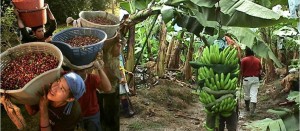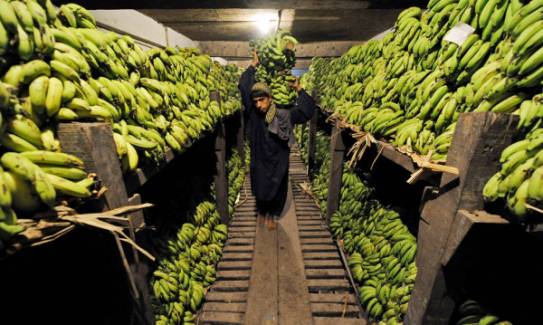Costa Rican domestic consumption contracted during the first quarter after being the engine of the economy for most of 2011. During the first three months the consumption rate was merely 3%- versus 10% for the same period last year.  In spite of the fall in consumer spending the economy is being helped along by private investment and exports, mainly from the manufacturing industry, as it sustains the positive direction of the economy. Uncertainty about the fiscal situation and the rise in interest rates are the main reasons for low retail consumption.
In spite of the fall in consumer spending the economy is being helped along by private investment and exports, mainly from the manufacturing industry, as it sustains the positive direction of the economy. Uncertainty about the fiscal situation and the rise in interest rates are the main reasons for low retail consumption.
“Expectations of higher interest rates incentivize people to save rather than spend,” said Gabriela Vargas, an economist at Bansol. Families and companies with loans in colones have increasing monthly payments, which decreases the money used to purchase goods or services. In the past six months, the basic passive rate, used to calculate the bank loans grew by two percentage points by hitting those who have debt in colones.
“The modest growth in real wages of workers in the formal sector also has an effect on consumption,” said Alberto Franco, an economist at Ecoanálisis. Imports of consumer goods also reported slower growth. In this case the decision of the Ministry of Finance to begin taxing Internet purchases was influential. The arrival of packages to the country fell 30% during the first quarter, a result of higher taxes up 45% of online purchases.
Given the fall in consumption, exports and private investment are the sectors responsible for supporting the national economy. The country’s sales abroad reached almost $ 4 billion in the first four months of 2012, which means an increase of 13% from last year. Exports of manufacturing firms in the free trade zone are responsible for most of the improvement, with the increase in sales mainly to the United States.
“The dynamism of the economy exceeds the expected expectations earlier this year. Few people thought he was going to grow at this pace,” said Rodrigo Bolanos, president of the Central Bank.
The second pillar that supports the country’s growth is private investment which has seen the revival of credit. First quarter business investment was up to 10% of domestic production compared to only 3% in 2011.
During 2011 many larger companies chose to wait for an improvement in the economy while small and medium-sized businesses had difficulty obtaining credit lines. However, the picture is quite different this year because of low dollar interest rates favoring economic expansion.

